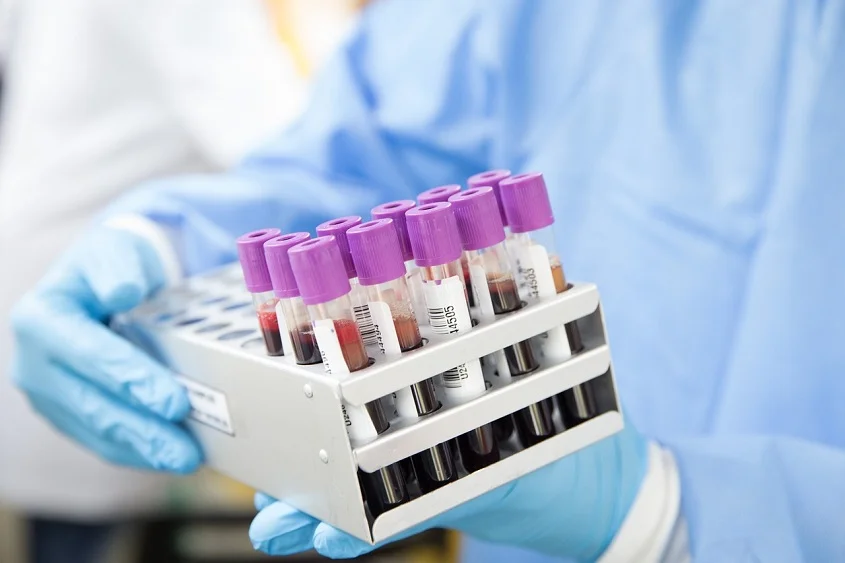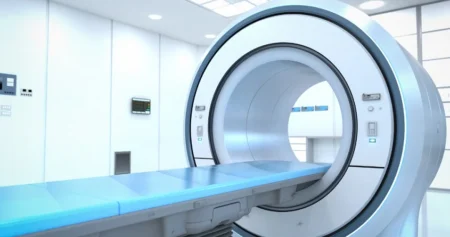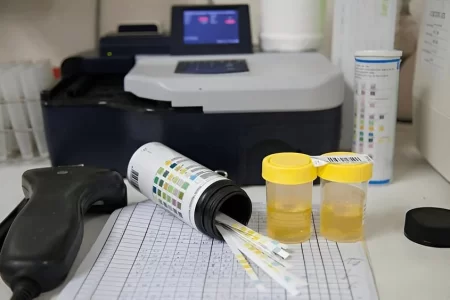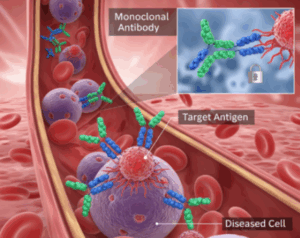
Blood tests are among the most common medical procedures, yet many people wonder:
Why do doctors need to take several milliliters of blood, instead of just a drop, to run tests?
This question becomes even more relevant when testing infants and newborns, where every drop of blood counts.
Let’s break down the science and reasons behind this common medical practice.
A Drop vs. A Tube: What’s the Difference?
While a single drop of blood contains all the essential components — red and white blood cells, hemoglobin, glucose, bilirubin, hormones, etc., the volume is usually insufficient to conduct accurate, repeatable, and quality-controlled laboratory tests.
Most modern blood tests require:
– Plasma or serum (not whole blood),
– Multiple test runs or validations,
– Enough sample to avoid errors due to clotting, hemolysis, or contamination.
Thus, drawing more blood ensures the lab can process your results correctly and reliably.
Why Do Blood Tests Need So Much Volume?
Multiple Tests at Once
Most blood draws are not for one test alone. A single blood draw may be used to check:
– Liver function (bilirubin, ALT, AST),
– Kidney function (creatinine, urea),
– Glucose, cholesterol, and other metabolic markers,
– Infections or inflammation (CRP, WBC count),
– Hormones or specialized biomarkers.
Each test may be processed differently and require a separate portion of the sample.
Lab Equipment Requires Minimum Volume
Automated lab machines are calibrated to handle a certain input volume. If there’s not enough blood, the test may fail or produce unreliable results.
Quality Control and Re-testing
If the first run of your test shows a suspicious result or if the sample clots, labs need extra volume to rerun or validate results. A single drop doesn’t leave room for error.
What About Infants or Newborns?
Infants, especially newborns, have limited blood volume, so drawing blood is done very carefully. The medical community uses:
– Microtainers (tiny test tubes for small volumes),
– Heel pricks (capillary blood collection from the foot),
– Non-invasive meters (like BiliCheck or Dräger devices).
If the test is only for bilirubin or other parameter, as in neonatal jaundice screening, just 0.5–1 mL of blood is often enough. And in many cases, no blood at all is drawn if a transcutaneous bilirubinometer is available.
Why Not Always Use Finger Pricks or a Single Drop?
Finger prick tests or ‘single-drop’ diagnostics do exist, especially for:
– Glucose monitoring (diabetics),
– Some COVID-19 antibody tests,
– Genetic screening in newborns.
But they don’t work well for most diagnostic lab tests because:
– Finger blood is capillary, not venous, and may have different concentrations.
– Small samples are prone to contamination or clotting.
– Many analyzers and test kits aren’t validated for tiny volumes.
Will Things Change in the Future?
Yes. With advances in microfluidics, lab-on-a-chip, and point-of-care diagnostics, researchers are developing technologies that can perform dozens of tests from a single drop of blood. However, these are not yet mainstream due to limitations in accuracy, scalability, and cost.
The failure of high-profile companies like Theranos taught the medical world that even if the idea is appealing, it’s critical to ensure scientific accuracy, repeatability, and trustworthiness before using such tech for real patients.
Key Takeaways
Drawing a few milliliters of blood may seem excessive, especially when only a single test is requested. But this practice ensures that labs can deliver reliable, accurate, and repeatable results. In sensitive cases like newborns, special care is taken to minimize the amount drawn.
As technology advances, we may move toward a future where single-drop diagnostics become the norm. Until then, current protocols prioritize accuracy and patient safety over convenience.











